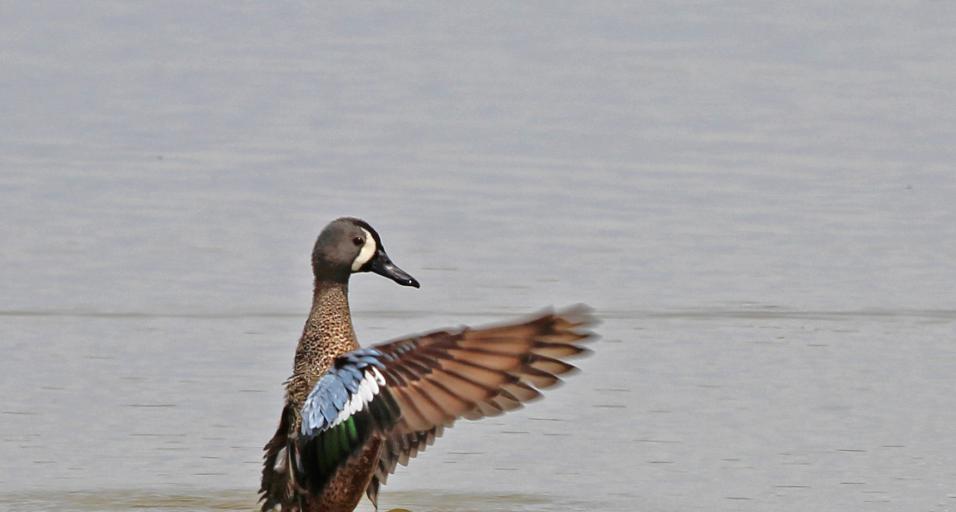If you are packing for an upcoming waterfowl hunting trip, be sure you have all your licenses and stamps before heading out. Waterfowl hunting in Wyoming has several requirements, and hunters must carry certain licenses and stamps with them when afield.
“Each license and stamp we require helps waterfowl conservation and improves habitat for the birds,” said Nate Huck, Wyoming Game and Fish Department migratory game bird biologist.
Here are the Wyoming requirements:
- A game bird hunting license. Hunters under 14 do not need a license if accompanied by an adult hunter with a valid game bird license. All hunters need a permit to hunt sandhill crane.
- Proof of hunter safety. Hunters born after January 1, 1966 must have been certified and carry their hunter safety card or if their license shows their hunter safety number that is acceptable as well.
- A conservation stamp. All licensed hunters must possess a conservation stamp, with the exception of a daily hunting license or holder of a special license. Refer to Game and Fish regulations for specific license holders who are exempt.
- The Harvest Information Program or HIP permit. The HIP permit is free but is specific to each state. Licensed hunters will need to obtain a Wyoming HIP permit to hunt migratory birds in Wyoming and can do so on the Game and Fish website.
- The Federal Migratory Bird Hunting and Conservation Stamp. The stamp, commonly called the "Duck Stamp," is required for hunting ducks, geese and mergansers -- but is not required for other migratory game bird species. This is only required for hunters 16 years of age or older, and is valid July 1-June 30. These stamps are sold by the Game and Fish online or through a U.S. Post Office, some license selling agents throughout the state. A receipt from an online purchase is NOT valid to hunt with, but an e-stamp is allowed.
Game and Fish’s Huck reminds duck hunters also to check for a leg band on harvested birds. Hunters are asked to report the band to the North American Bird Banding Program along with the location of the harvest, species and band number.
“This helps Game and Fish collect information on birds and their habitats as well as contributes to developing hunting regulations and other management efforts,” said Huck.
For a waterfowl and other migratory bird hunting requirements and season dates, hunters should see the regulations.



